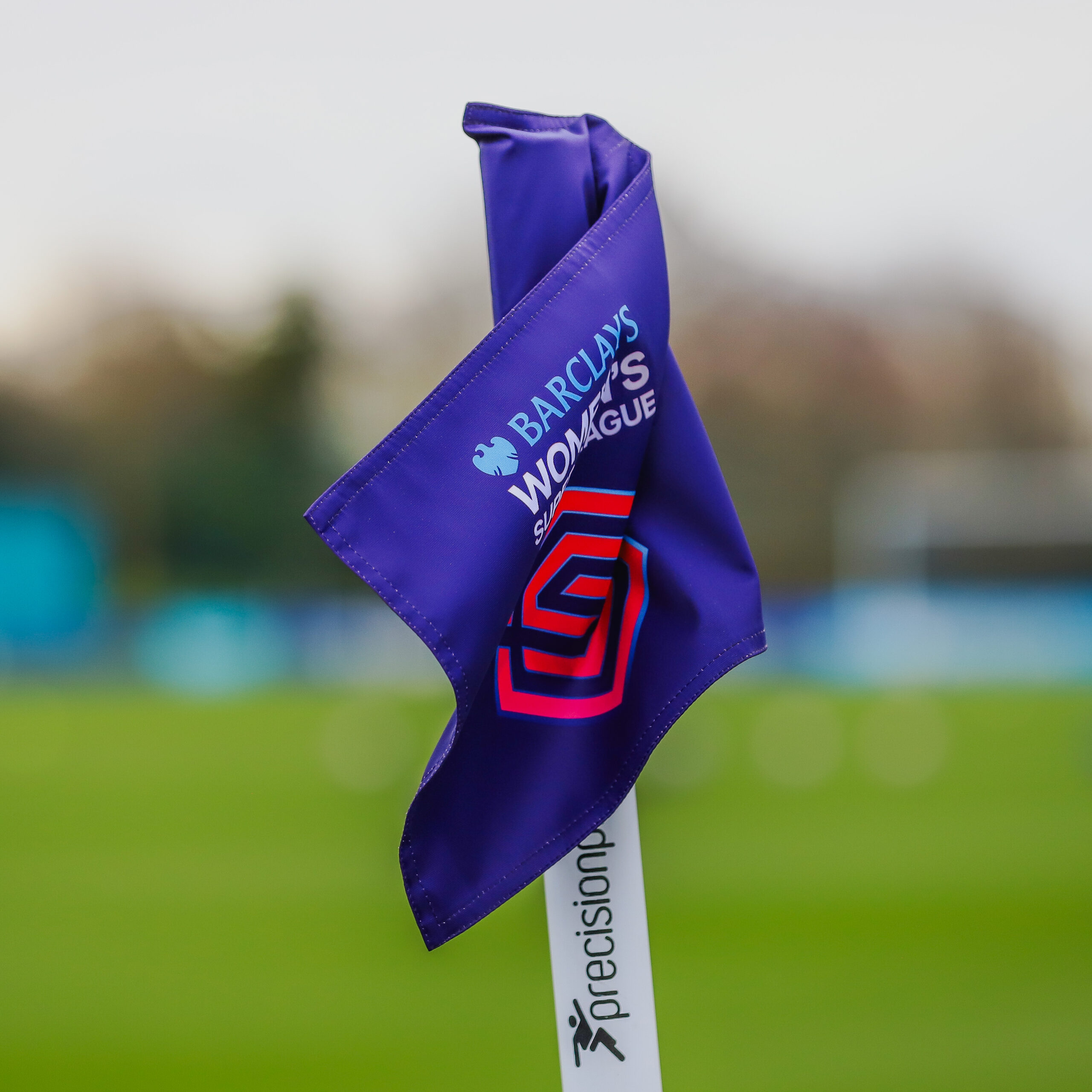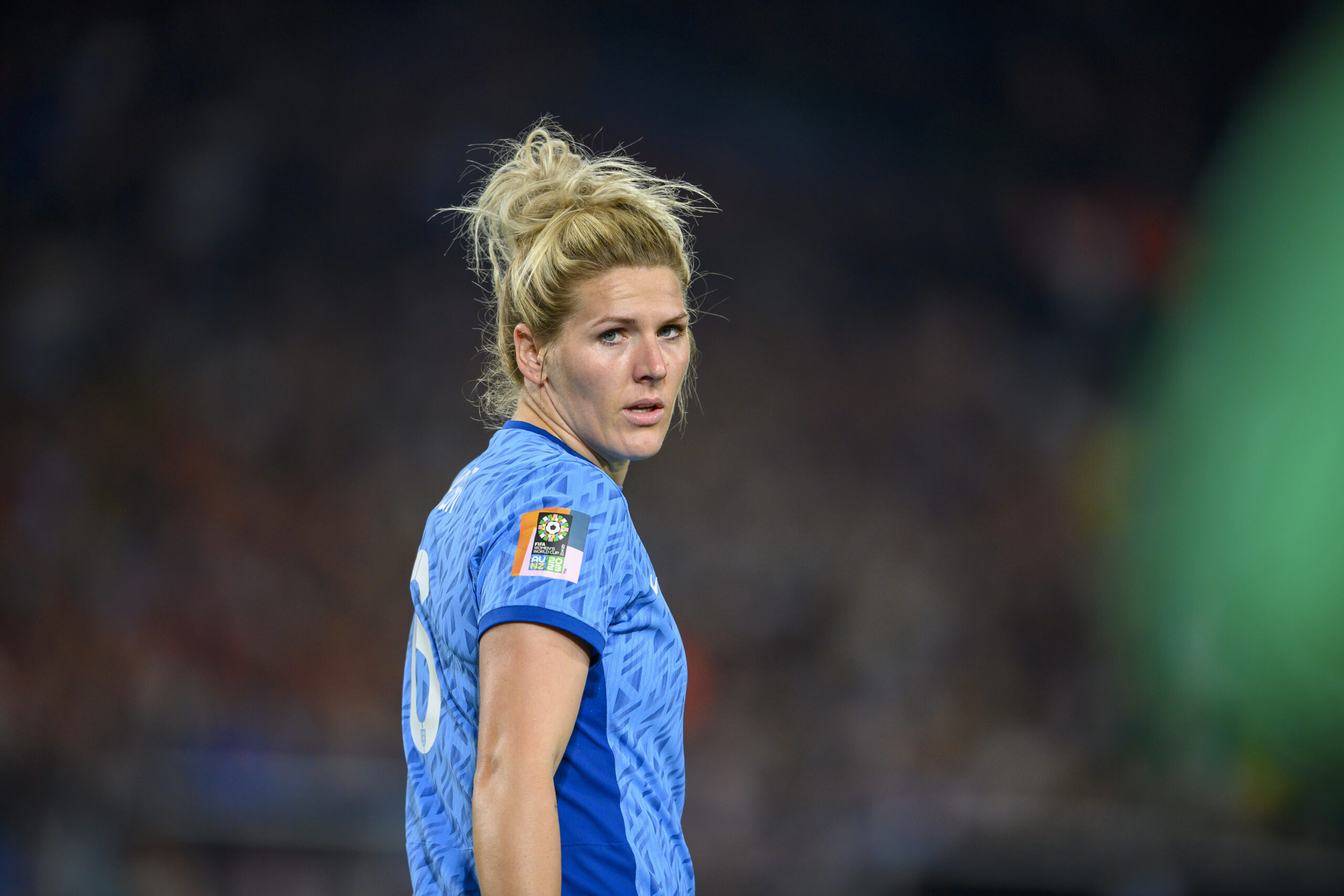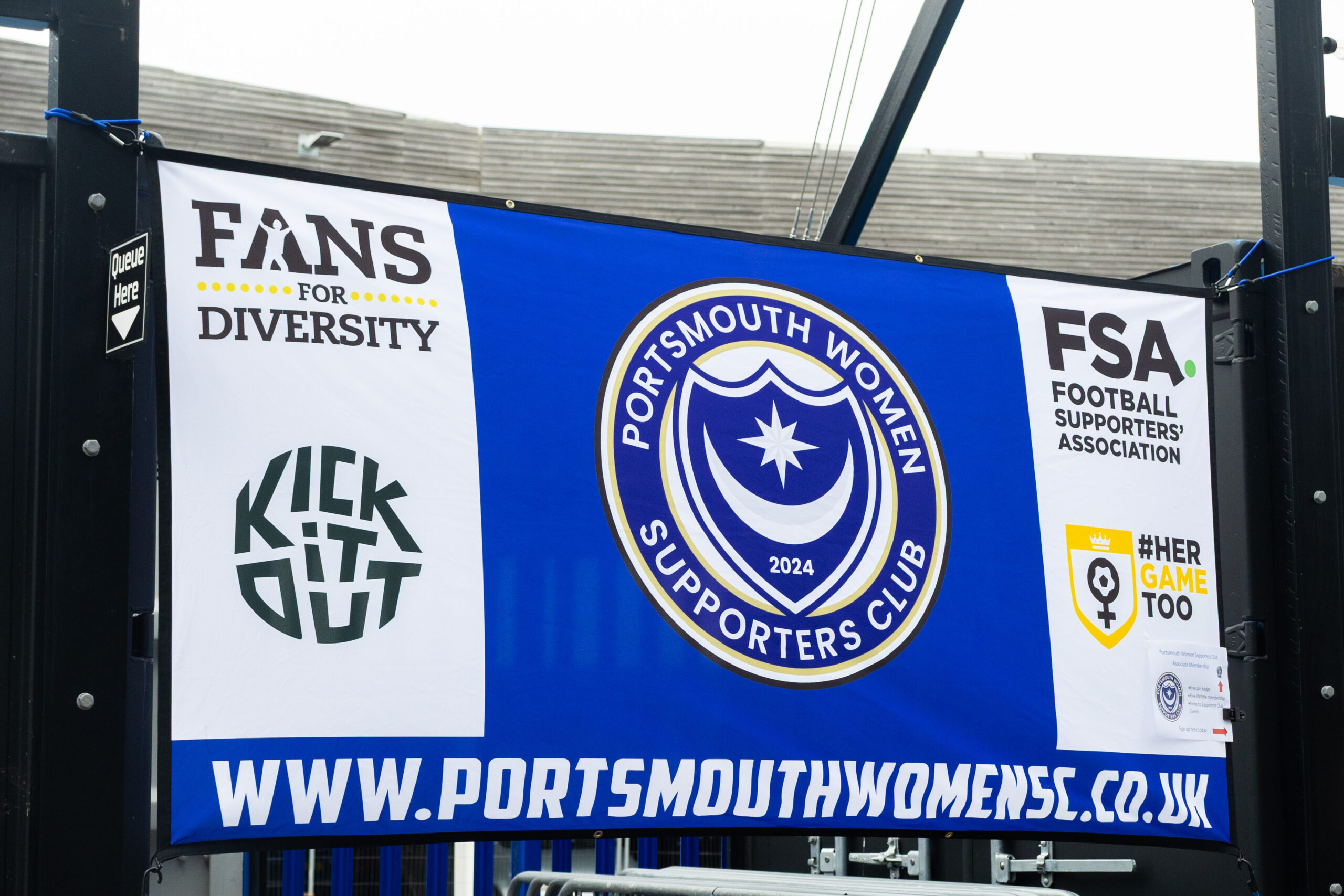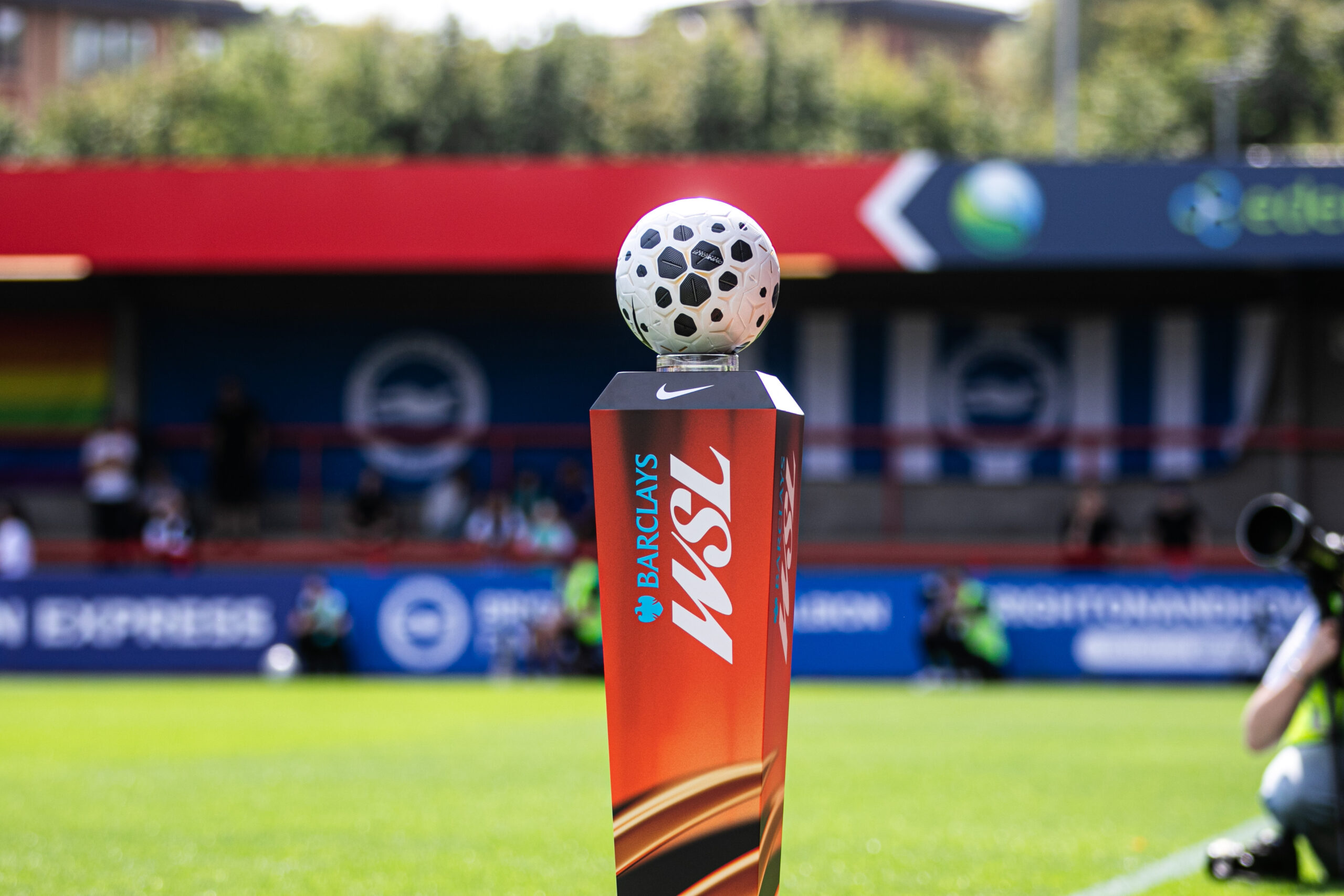The Women’s Super League (WSL) has been grabbing global attention, and for good reason. A recent post from The Sportess highlighted key trends that make the WSL and its sister league, the WSL2, a fascinating case study for women’s football worldwide.
The 25/26 season
The 2025-26 season has seen hundreds of landmark moments for the WSL in the UK, from record-breaking transfers to a global surge in interest and visibility.
International stars such as Fridolina Rolfö and Ellie Carpenter are already choosing England over more established leagues in Spain, France, or Italy. French midfielder Grace Geyoro became the most expensive female footballer in history after signing for the London City Lionesses for £1.4 million, surpassing the previous record set by Olivia Smith’s move to Arsenal.
These high-profile transfers signal that the WSL is fast becoming the destination of choice for the world’s top talent.
Investment has also been a major talking point in the WSL. The takeover of Chelsea FC by Reddit founder Alexis Ohanian Sr and the rise of ambitious clubs like London City Lionesses are already making waves.
His promise to turn Chelsea into “a million-pound franchise” reflects a vision of a better-resourced, commercially viable future for the women’s game in England, one where athletes have the backing and infrastructure to reach unprecedented levels of performance.
Meanwhile, the stake bought by American investor Michele Kang has propelled London City into the spotlight, driving record signings and sparking greater interest in the game.
Nike’s new five-year extension of its WSL contract, which provides free boots and goalkeeper gloves to players in both the WSL and WSL2 without existing endorsements, further demonstrates how commercial partners can level the playing field by giving athletes the resources and confidence to perform at the highest level.
Together, these moves highlight a defining shift: the WSL is no longer just catching up with established leagues in Europe; it is positioning itself as the global benchmark for women’s football.
The real question now is whether this momentum can be sustained in the long term, transforming the WSL from a fast-growing league into the world’s biggest and most influential women’s league.
Clubs are scaling their women’s sides with serious investment—even those without historic legacies, like London City. Players are finding tangible commercial value in the WSL, and fans are engaging not just on matchdays, but with the broader culture of the league.
So, what’s really driving this rise? Is it the infrastructure—the power of legacy clubs, broadcast deals, and global signings—or the momentum created by the England Lionesses’ back-to-back Euro triumphs? Or perhaps a combination of both?
The bigger question may not be about marketing versus Euros. It’s whether the league being built is sustainable and capable of thriving even when trophies stop coming.
If the answer is yes, then the WSL isn’t just riding a wave—it’s setting the global standard for women’s sport.
Comparing the WSL Globally
To understand whether the WSL truly stands as the world’s biggest women’s league, it helps to compare it with other top competitions in terms of investment, attendance, and media reach.
Revenue and Investment
- Barclays WSL (England): Each club now generates over £1 million annually, reflecting significant commercial growth.
- D1 Arkema (France): Operates on a €7 million budget, covering licensing, refereeing, and development.
- Serie A Femminile (Italy): Revenue is roughly five times smaller than the WSL.
- Liga F (Spain): Growing quickly but still trailing in financial infrastructure.
- A-League (Australia): Clubs receive around AUD $530,000 each, highlighting financial constraints.
Attendance and Fan Engagement
- WSL (England): Arsenal FC averages 34,110 fans per home game.
- Liga F (Spain): FC Barcelona averages 6,794 fans per game.
- D1 Arkema (France): Around 2,700 fans per match.
- Serie A Femminile (Italy): Attendance is growing but remains lower than WSL levels.
- A-League Women (Australia): Crowds are modest but are increasing
Media Reach and Broadcast
- WSL: Sky Sports will broadcast 90% of live matches in the 2025-26 season, boosting visibility.
- D1 Arkema: Broadcast and media rights for 2023-27 are being renegotiated for greater exposure and presence.
- Serie A Femminile: Media coverage expanding as the league moves to professional status.
- Liga F: Broadcast deals improving, led by Barcelona’s high-profile matches.
- A-League Women: The league has faced challenges with broadcast quality and marketing, impacting its media reach.
The WSL’s combination of financial investment, world-class talent, growing fan engagement, and extensive broadcast coverage positions it as arguably the most commercially and culturally influential women’s football competition in the world.
While leagues in France, Spain, Italy, and Australia continue to grow, England’s WSL is setting a benchmark for what a professional, globally recognised women’s league can look like.
Why the WSL Stands Out
What makes the WSL unique is a combination of several factors:
- Historic clubs are investing heavily in their women’s teams.
- Global players are actively choosing England as a destination.
- Fans are engaging online and offline at record levels. As of August 2025, Chelsea Women became the first WSL club to reach 1 million TikTok followers, with a content strategy combining on-field action, player personality, and trend-focused posts.
Conclusion
With record-breaking transfers, strong commercial investment, high attendance, and broad media coverage, the WSL is setting a benchmark for professional women’s football.
While leagues in France, Spain, Italy, and Australia are making significant strides, the WSL’s combination of talent, infrastructure, and fan engagement arguably makes it the world’s leading women’s league today.
https://www.linkedin.com/posts/izzy-imlach-a791b6136_barclayswsl-womensfootball-womenssport-activity-7368925767629475840-OqFy/?utm_medium=ios_app&rcm=ACoAACSs56QBl6WDLSCSNPcK-VeEcgMwPqpoNbo&utm_source=screenshot_social_share&utm_campaign=copy_link
https://www.bbc.co.uk/sport/football/articles/czjv9ddxj33o
https://www.queenballers.com/news/the-partnership-with-nike-and-wsl-will-continue-in-the-next-season
https://www.theguardian.com/football/2025/sep/03/nike-wsl-wsl2-sponsorship-deal-womens-football



